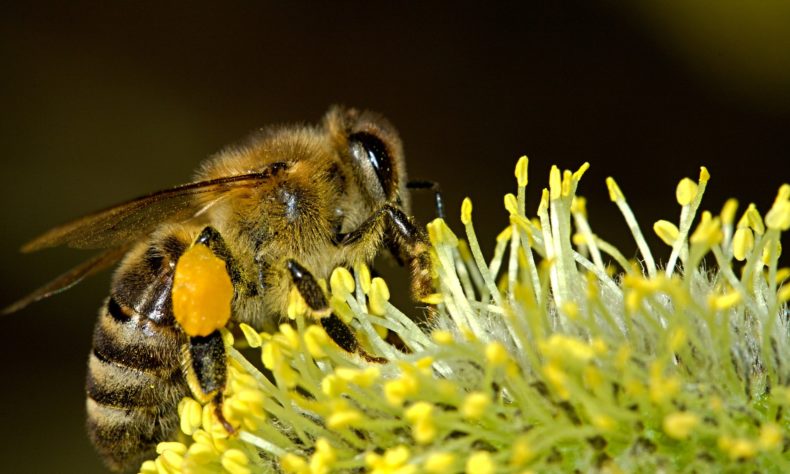
The number of bees that do not survive during wintertime has been registered in the past to revolve around 25 percent, with 2013 being a fatal one, as 60 percent of total hives were lost. Then, there’s a group of workers in the bee world that searches hives for dead comrades, finding them in approximately 30 minutes, in spite of the fact that the deceased have not yet begun to emanate the usual decay odor.
A new study, led by Wen Ping, an ecologist at the Chinese Academy of Sciences’ Xishuangbanna Tropical Botanical Garden, unveiled the way they do it. The researcher stared studying the matter as he wondered whether a particular type of scent molecule might aid the ‘undertaker’ bees find the dead hive mates.
Different Approaches
Ants, bees, and some other insects are coated in composites known as cuticular hydrocarbons (CHCs), which makes up part of the waxy coating of their cuticles – the bright parts of their exoskeletons – and aid in preventing them from drying out.
While the bugs are alive, these molecules are constantly released into the atmosphere and are used to identify other hive members.
Wen assumed that less of the pheromones were being produced after a bee died, and its body temperature declined. Therefore, he used chemical techniques of identifying gases in order to test his theory and later confirmed that cooled fallen bees were indeed producing less unstable CHCs than living insects.
Wen then created a set of experiments to see whether undertaker bees were aware of the changes. He took five Asian honey bees (Apis cerana Fabricius), a tiny, hardy insect living in Asia, and began to heat up the dead bodies of the honey bees.
When he put regular, cool fallen bees in a hive, the class of workers took them out within half an hour. Still, when the researcher put the bee in a heated petri dish and heated it up by a few degrees Celsius, it usually required undertakers a few hours to even see the body. That’s supposedly because the warm corpse was generating close to the same quantity of CHCs as a living bee, Wen reported in a paper published this month on bioRxiv.
Death Recognition is Complex
To conclude the findings, Wen washed the CHCs off the corpses of the bees with hexane, which dissolves oils and waxes, heated the bodies to approximately the temperature of a live bee, and put them back in the hives.
The undertakers immediately took action and removed 90 percent of the hot, dead bodies in less than 30 minutes. This simply demonstrates that it is not temperature, but the lack of CHC production that the class of ‘workers’ use to detect dead bee bodies.
Death recognition is a rather intricate process, though, as per Yehuda Ben-Shahar, an entomologist at Washington University in St. Louis, which also suggested that more analysis is required to support Wen’s research.
“I think this study is a good start,” he says. “It does make sense that there is some chemical signature of a dead bee, but I wouldn’t say that we now know exactly what is going on. For example, although bees can ‘smell’ with their antennae, they can also ‘taste’ with their feet, he notes, which might add another layer to the way they perceive dead comrades.”
URL:https://www.dualdove.com/new-research-demonstrates-how-undertaker-bees-find-the-dead-bodies-of-their-mates/8655/

